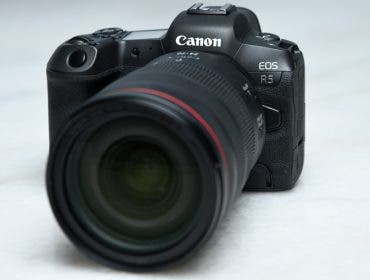Going wireless is a great way to improve your live performances regardless of your skill level. Wireless guitar systems give you the freedom to move around the stage while saving you from cable-related hazards. Like all wireless technologies, it has improved rapidly over the years and there’s a growing variety of choices available.
Aside from technical specs, the right wireless guitar system for you will depend on your budget, your proficiency, and your aspirations. For example, for guitarists who want to go on tour, a robust system that can roll with the punches is crucial. If the venues you frequent are big, you’ll need a longer connectivity range as well. That’s why we made this list that breaks down the 6 best wireless guitar systems in 2020 for you to choose from.

1: VocoPro NuVOICE UG-3 UHF ()
Carrier Frequency Range: 900 – 925MHz
Range: up to 150 feet (46m)
Battery life: 12 hours
Number of Channels: 16
Adjustable squelch control to minimize outside interference
Pros
- A very affordable wireless guitar system for the high-quality tone it delivers.
- Longer battery life compared to some of the other entries on our list. The rechargeable battery can last about 12 hours.
- The solid base receiver can run on batteries or AC power, allowing for virtually unlimited placement options.
Cons
- Shorter operating range compared to some of the other entries on our list.
It’s best for playing multiple instruments at the same time on a budget. Also, due to its long battery hours, this is good for those who need freedom when playing their instrument.

2: Shure PGXD14 ()
Range: 200 feet (60m)
Latency: 2.5ms
Battery life: 2.5 hours
Frequency range: 20Hz-20kHz
Pros
- Great frequency agility with an auto frequency selection.
- A leading brand that assures the highest industry standard.
Cons
- It uses 2 AA batteries, which means you’ll need to keep spares handy.
It’s best for touring because of its strength and reliability.

3: Xvive U2 Rechargeable ()
Range: 70 feet (20 m)
Latency: <6ms
Battery life: 4-5 hours
4 channels
Dynamic Range: >103dB
Frequency Range: 20Hz-20kHz
Seven different colors
Pros
- Easy plug and play setup.
- Good quality audio with a reliable connection.
Cons
- WiFi sources closer than 3 meters to the device may cause interference.
- Small(ish) line-of-sight range of 70 feet.
It’s best for gigs in small venues. It’s also very practical for traveling because of its small size, ease-of-use, and foldability.

4: Shure GLX-D16 ()
Range: 200 feet (60m)
Battery life: Up to 16 hours
Dynamic Range: 120 dB
Frequency Range: 20Hz-20kHz
Pros
- Automatic frequency management that switches channels with no signal interruption if it encounters interference.
- Durable metal casing.
Cons
- This wireless guitar system has a higher price point than others on our list. Players who are just starting out may choose a different option.
It’s best for guitarists transitioning to pro status because it fits into the higher end of the mid-level systems.

5: Line 6 Relay G10S ()
Range: 130 feet (40m)
24 bit lossless digital sound quality
Pros
- Plug-and-play use with minimal setup required.
- Strong metal case.
- Automatically selects the strongest signal or can be switched to manual frequency selection.
Cons
- The plastic transmitter isn’t ideal for high humidity or extreme weather changes.
- This wireless guitar system isn’t compatible with active pickups.
It’s best for entry-level guitarists who don’t have demanding touring needs.

6: Line 6 Relay G30 ()
Approx. Working Range: 100′ (30.48m) Line of Sight
Overall Frequency Response: 10Hz – 20kHz
RF Carrier Frequency Range: 2.4GHz
Number of Channels: 6
Pros
- High fidelity at a very economic price.
- Exclusive VWT technology ensures full-range frequency response, excellent transient response and wide dynamic range.
- The Cable Tone Simulator allows you to match the sound of your Relay to the sound of your cable
Cons
- Some users report issues with the battery staying in place.
It’s best for those looking for professional wireless transmission and tone for stage performances and recording.
Keep in Mind
Most wireless devices work on a frequency band of 2.4 GHz, because that band is freely available worldwide. However, this is not the case for all frequency bands. To use some of them, you’ll need to pay a license fee. Different countries have different regulations, and they’re updated from time to time.
What this means to you is that you should check the frequency band of the device you buy before you buy a wireless guitar system. You’ll avoid headaches and surprises, and you’ll enjoy a worry-free experience the next time you’re on the road.
Feature Photo by Spencer Davis on Unsplash






